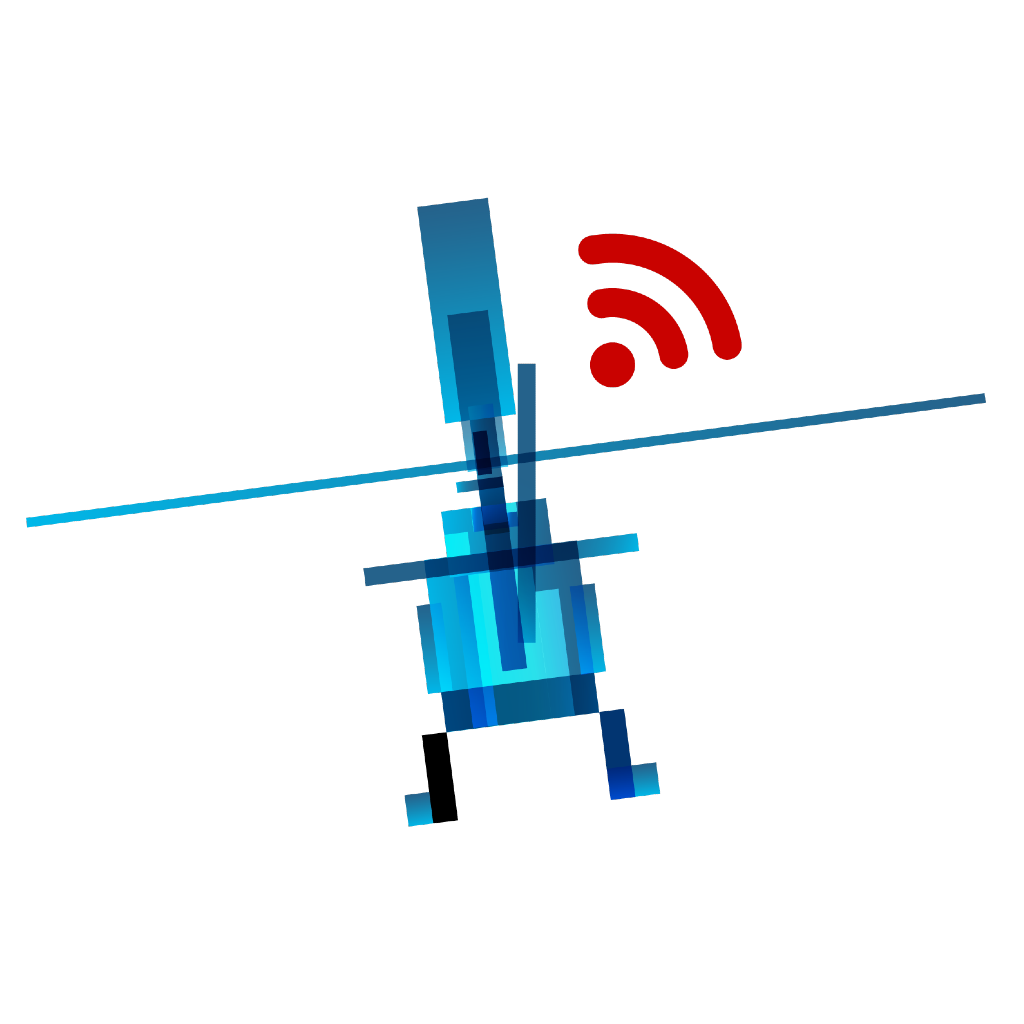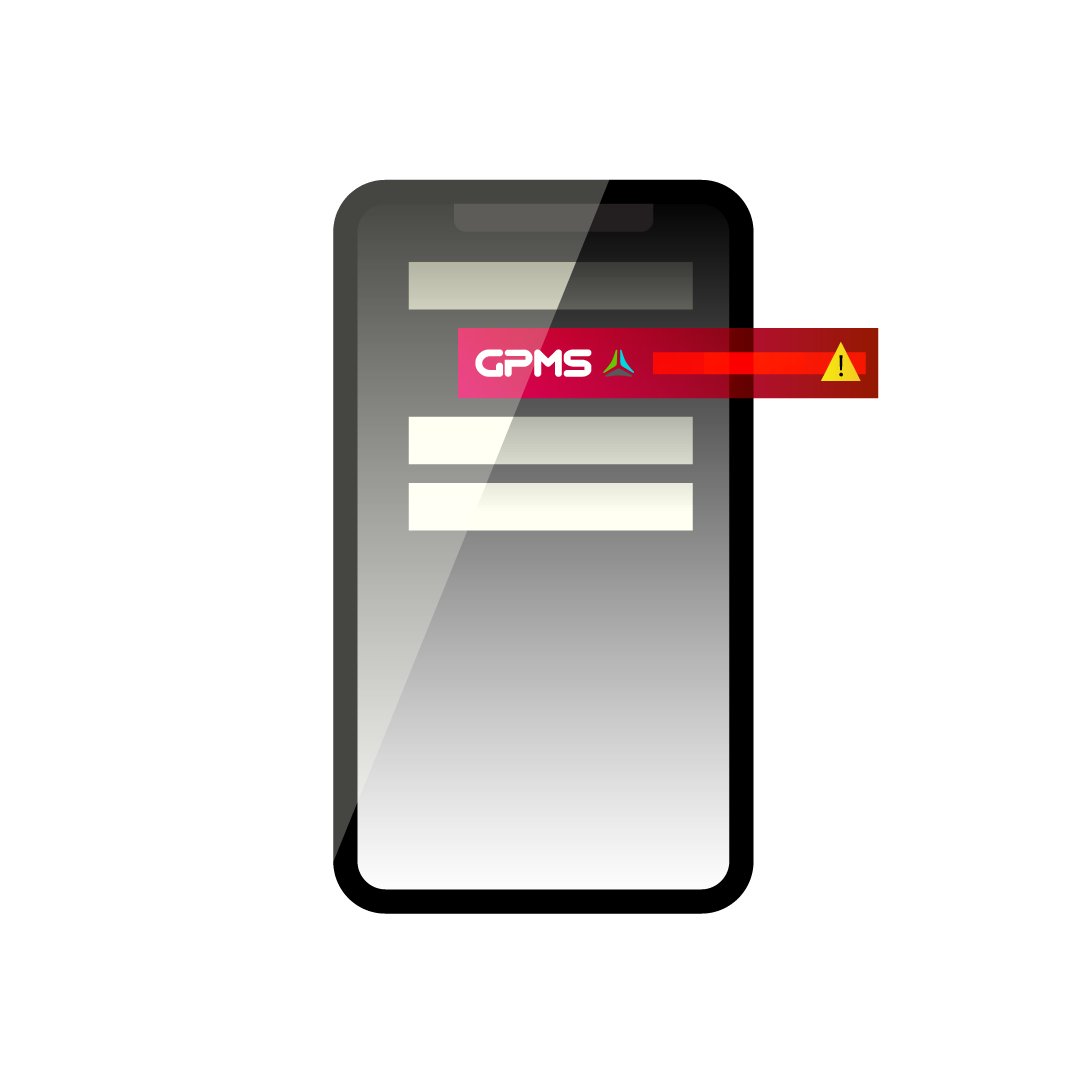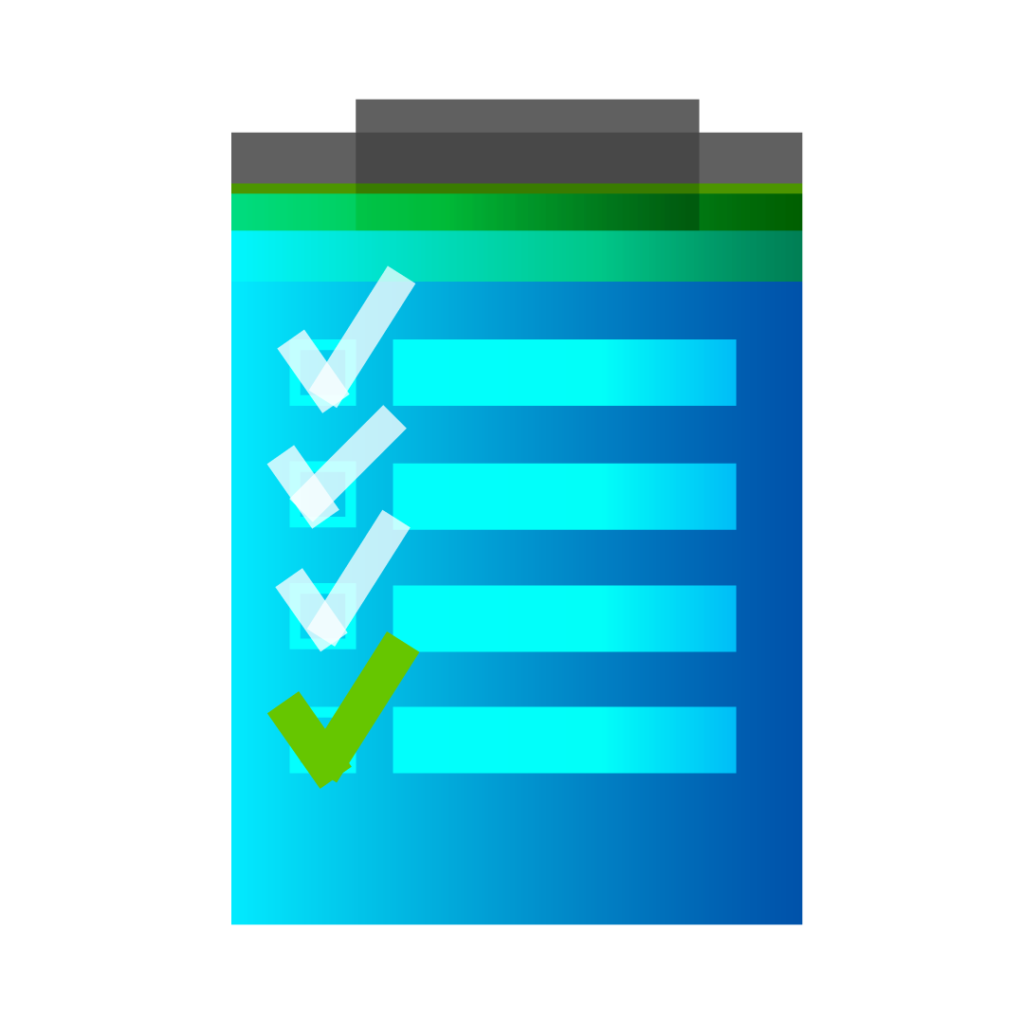Making A Believer Out of Hill Air
At GPMS, we’ve seen this time and again. While aircraft dependent, many of our customers report spending several days per year entirely on RTB: attaching specialized equipment, taking dedicated flights to manually acquire readings, making adjustments, then re-flying the aircraft to validate the solution. Often this sequence is repeated multiple times.
Foresight MX is designed to change this paradigm. And according to David Poe, maintainer of a Bell 407GX at Hill Air in Texas, the system delivers:
“The system automatically provides a solution every time the aircraft lands.
To be honest, at first, I didn’t have confidence that it would be so easy —
that the moves the system suggested would do the job. Now I’m a believer.“

THE CHALLENGE
In late 2019, Poe received a high vibration alert via Foresight’s push email notification system. Vert Fwd Cockpit was showing 0.4 IPS, an orange level measurement corresponding to ‘Attention needed’ in our dashboard display.

HOW HILL AIR TOOK ACTION
From his computer, he saw that vibration for Hover, 60 Knots, and 120 Knots were all similar so he decided to implement a PCR adjustment. He unselected WEIGHTS and TABS, and Foresight’s algorithm presented a new solution: -2 flats on Blue, + 2.5 flats on Green. Significantly, Foresight predicted this move would bring IPS down below .1 IPS.

TRUSTING THE PROCESS
At this point Poe was doubtful. In his experience, RTB was a multi-move, iterative process that required several maintenance flights. But, with encouragement from GPMS customer support and Greg Arnold from the Bell Customer Engineering Team, Poe moved forward.

RESULTS
After the adjustment was made, Dave did a test flight to verify the movement’s effect. While we don’t typically recommend dedicated RTB test flights, given that it was Poe’s first use of Foresight’s optimized recommendation, we encouraged him to validate the solution. Happily, the average for Hover went from 0.35 IPS to 0.06 IPS, and for 120 Knots: 0.4 to 0.03 IPS. (Note the changed scale on the polar plot.) His Bell 407 was now super smooth!
Benefit of Balance: Comfort, Fuel Savings,
and Long Term Cost Reduction
But what benefit do smooth rotors provide? First and foremost, passenger comfort, which in the case of pilots has been directly correlated with fatigue. Second, fuel savings. It’s been estimated that smooth rotors will save 1% on fuel. Third, lower long term maintenance costs. A smooth rotorcraft shakes less, doing less damage over time to its component parts, which translates into savings. In fact, in one large scale US Airforce study, where vibration levels between a studied and control group were reduced by 54%, the overall failure rate was reduced by 48% and life-cycle costs showed a reduction of approximately 10% per aircraft.*
To learn more about Foresight’s Rotor Track and Balance capabilities and to get an ROI report specific to your fleet, contact us below.
